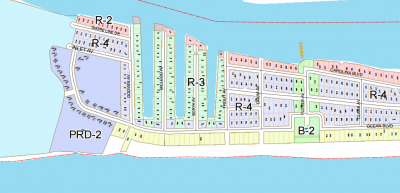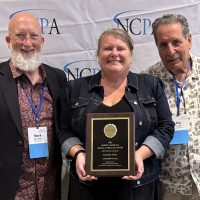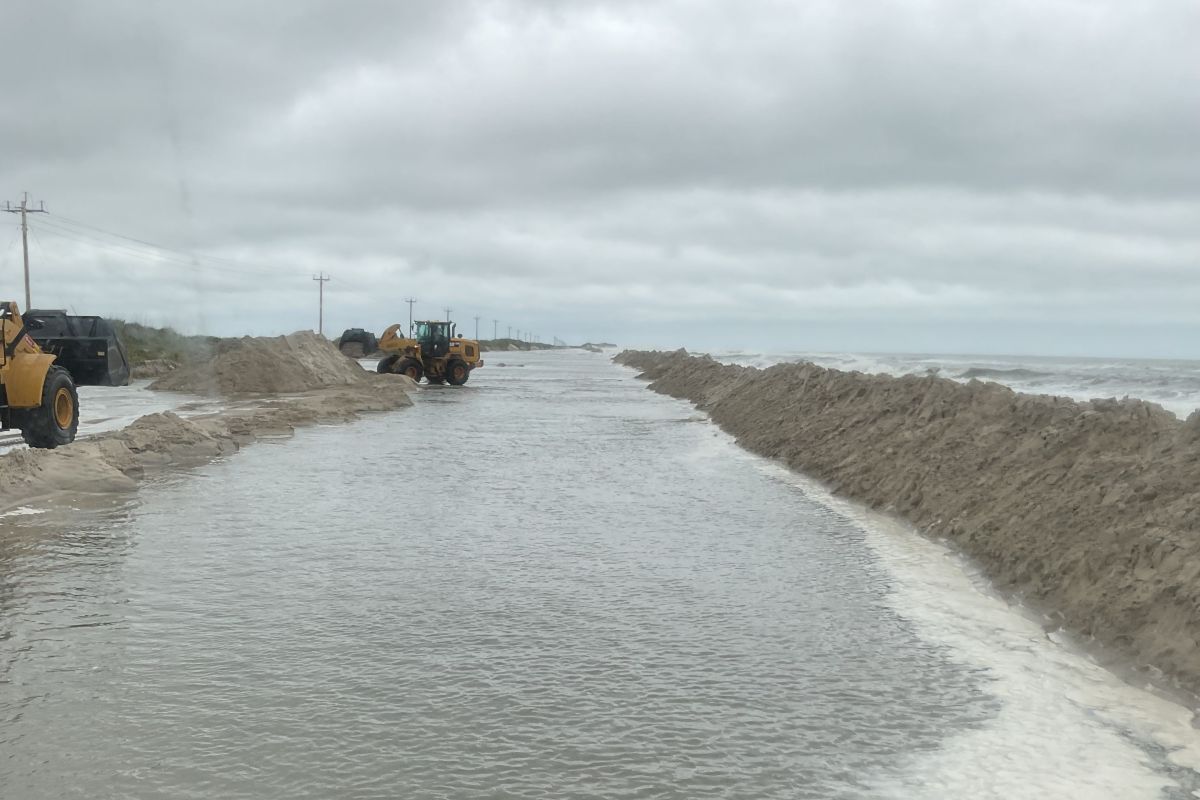TOPSAIL BEACH – Oceanfront property owners in Topsail Beach will be given more wiggle room to shift sand on their property under the newest proposed dune ordinance amendments.
Among the recommended changes recently approved by the town’s planning board is to allow property owners, if granted a town permit, to move more than one cubic yard of sand from a protective dune area.
Supporter Spotlight
Protective dunes are defined as a mound or ridge of sand at least seven feet above mean sea level. These dunes provide an extra layer of defense, reinforcing frontal dunes, which are immediately landward of the beach.
Altering that added protection has prompted contentious debates for more than a year in the town, with threats of lawsuits prompting officials here to try and strike a balance that will maintain the protective dune system while allowing “reasonable use” of oceanfront properties.
After months of discussing ways to rewrite portions of the dune ordinance, Topsail Beach planning board members have approved what they say is a compromise.
But before the board of commissioners will consider the recommended changes, town officials want to discuss the ordinance with Federal Emergency Management Agency officials, a meeting urged by the planning board.
“That’s where we’re real cautious,” Planning Board Chairman Frank Braxton said. “We didn’t want to misstep.”
Supporter Spotlight

Town Manager Mike Rose is in the process of trying to set up a face-to-face meeting with FEMA officials to discuss the amendments and make sure the proposed changes will not jeopardize the town’s federal flood insurance rating.
The current ordinance, which was amended in June 2015, prohibits protective dunes from being materially altered. Furthermore, builders cannot remove more than one cubic yard of sand from the dune per month.
“That’s difficult,” Braxton said.
Tricky for development, he said, because protective dunes on several vacant, oceanfront lots at the south end of town stack, in many cases, two and three rows deep between the frontal dune ridge and the road.
Town code requires houses have onsite parking for three vehicles.
In order to build a house and meet the parking rules, owners of those lots say they have to move more sand around than is currently allowed.
“Now, with the tweaking of that, they can actually quantify just how much sand is to be adjusted,” Braxton said.
Under the proposed “Oceanfront Protective Dune System Overlay District,” a property owner could apply for a development permit to “adjust” more than one cubic yard of sand within the protective dune area on a lot.
An applicant would have to submit a Coastal Area Management Act permit with the application for a town permit, which sets forth requirements including sand restoration.
The town would deny a permit application in a case where excavation and grading would result in the removal or loss of more than one cubic yard of sand from the protective dune area on a lot.
An application seeking to reduce the elevation of the protective dune area by more than five feet seaward of a proposed structure would also be denied.

“It allows sand to be moved on site, but it doesn’t allow it to be removed off the site,” Rose said. “You can’t just go through and push all the sand to one side. You can only push it back so that hopefully you’re fortifying that frontal dune that can’t be touched at all. It keeps the volume of sand the same on that site.”
In order to do that, a lot would be divided into sections. Sand within each section may be adjusted as long as it stays within that same area. Think of each section as a sandbox. Sand may be moved around within a box, but sand may not be pushed from one box into another.
“It is a complicated ordinance, but this has to be tried,” Braxton said. “It’s a compromise.”
That’s what the oceanfront property owners at the south end have been asking for, said Topsail Beach resident Julia Sherron.
When her father purchased a lot at the south end in 1975, the land was suitable for building. Hurricane Fran ravaged Topsail Island in September 1996, stripping Sherron’s family lot as well as neighboring lots of so much sand that they were no longer buildable.
The town began efforts to rebuild the dune following Hurricanes Bertha and Fran. Those efforts, paired with New Topsail Inlet’s steady migration south, have created a healthy dune system.
As sand on the strand and dunes in that area has accreted, owners of some of those lots have become eager to build. Town officials last year began examining the then 20-year-old dune ordinance after development projects along a small area of the oceanfront lots – there are 29 in all at the south end – were being pushed quickly.

Property owners whose homes are nestled along a series of three canals that extend from New Topsail Inlet toward the ocean shoreline are concerned that removing sand from the protective dunes could make their properties vulnerable in storms.
Sherron said she believes the proposed ordinance changes will ensure the protective dune area is properly maintained.
“I believe in property rights of the individual,” she said. “I also believe that they should have to build responsibly. I believe the changes to the dune ordinance will require them to build responsibly. We want our value and we want our possibility (to build). Because our lots are two rather large, substantial dunes, we have to excavate a certain amount of sand. We understand that they want all the sand to remain on the lot. Myself and the others would be satisfied to do it that way.”
Sherron said she would like for the “very technical” ordinance to be simplified a bit, but that, overall, what’s on the table for consideration is a good compromise.
Commissioners plan to hold a public hearing on the proposed amendments before voting on whether to accept the changes. The hearing and subsequent vote will likely be held no earlier than December.







